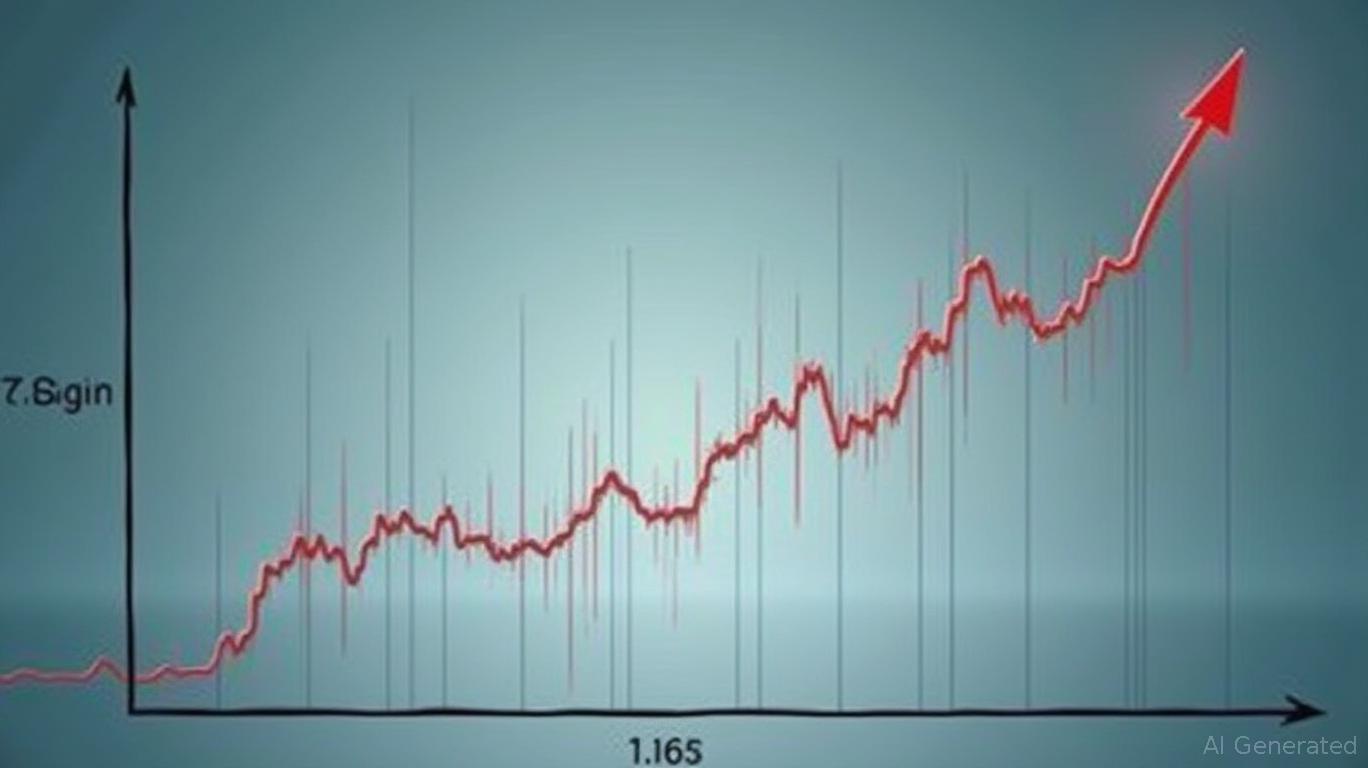AInvest Newsletter
Daily stocks & crypto headlines, free to your inbox
Retirees face an unprecedented challenge as inflation trends and volatile fixed-income yields reshape the financial landscape. With the annual inflation rate hovering near 2.4% in May 2025—up from 2.3% in April—and tariffs threatening to push prices higher, traditional retirement strategies must evolve. This article explores how retirees can fortify their fixed-income portfolios and adopt dynamic spending approaches to preserve purchasing power and longevity.
Fixed-income markets in Q2 2025 have been marked by turbulence, driven by shifting Federal Reserve policies and tariff-related inflation pressures. Treasury yields climbed to 4.80% early in the year before retreating, while credit spreads widened to crisis-era levels post-tariff announcements.

Key Strategies for Fixed-Income Portfolios
1. Diversify Across Asset Classes:
- TIPS (Treasury Inflation-Protected Securities): These bonds adjust principal value with inflation, shielding against rising costs. .
- High-Quality Corporate Bonds: Focus on sectors with stable fundamentals, such as pharmaceuticals (e.g., JNJ, PFE) and utilities (e.g., DUK, EIX). These sectors offer resilient cash flows amid economic uncertainty.
- Municipal Bonds: Long-duration, high-quality munis (e.g., VBMFX) provide tax-exempt yields exceeding 5%, attractive for retirees in high tax brackets.
Shorten Duration, Mitigate Interest Rate Risk:
With the Fed's year-end rate target at 3.25%-4.00%, intermediate-term bonds (3-7 years) balance yield and sensitivity to rate hikes. Avoid long-term Treasuries (e.g., TLT), which face steep declines if yields rise further.
Consider International Bonds:
European bonds, particularly German bunds, offer opportunities as fiscal stimulus boosts yields. Hedging currency risk (e.g., using EUR/USD futures) can stabilize returns.
The traditional "4% rule"—withdrawing 4% of savings annually—assumes static inflation and steady market returns. In today's environment, retirees must adopt a more flexible approach:
Adaptive Withdrawal Strategies
- Inflation-Adjusted Withdrawals: Link spending to inflation metrics like the core PCE (personal consumption expenditures). For example, if inflation rises to 3.5%, increase withdrawals by that amount.
- Conditional Withdrawals: Suspend or reduce distributions during market downturns. Use cash reserves or short-term Treasuries (e.g., SHY) to avoid selling equities at a loss.
- Shelter Costs as a Priority: Housing, which accounts for 40% of retirees' budgets, rose 3.9% annually in May. Allocate funds to rental REITs (e.g., VNQ) or adjustable-rate mortgages to hedge against rising rents.
A retiree with $1 million in assets might structure their portfolio as follows:
- 40% Short-Term Treasuries/CDs: Provides liquidity and stability ().
- 30% High-Quality Corporate Bonds: Pharmaceuticals and utilities offer 4.5%-5% yields.
- 20% TIPS: Protects against inflation spikes.
- 10% Municipal Bonds: Tax-free income for high earners.
This allocation balances income, inflation protection, and liquidity while minimizing exposure to credit and interest rate risks.
Retirement readiness in 2025 demands agility. By diversifying fixed-income holdings across TIPS, munis, and resilient sectors, retirees can secure steady income. Pairing this with a dynamic spending strategy—responsive to inflation and market cycles—ensures longevity of wealth. As the Fed navigates tariff impacts and rate decisions, staying flexible and informed will be the keys to navigating this inflationary era.
Investors should monitor these trends closely, adjusting portfolios and spending as conditions evolve. The retirement journey, once predictable, now requires vigilance and adaptability to thrive.
Tracking the pulse of global finance, one headline at a time.

Dec.17 2025

Dec.17 2025

Dec.17 2025

Dec.17 2025

Dec.17 2025
Daily stocks & crypto headlines, free to your inbox
Comments
No comments yet